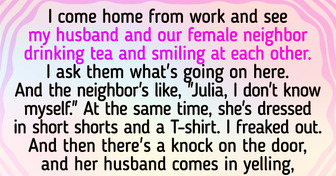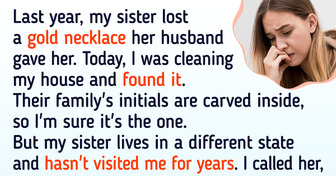I Refused to Forgive My Husband for Insulting Me, Instead I Took Revenge on Him

What is the one modern-day convenience we use six to eight times a day that we all take for granted?The answer: the lowly toilet. Some people on social media claim we’ve been using our toilets all wrong! Rather than sitting in it like a chair, we should be facing backward instead.
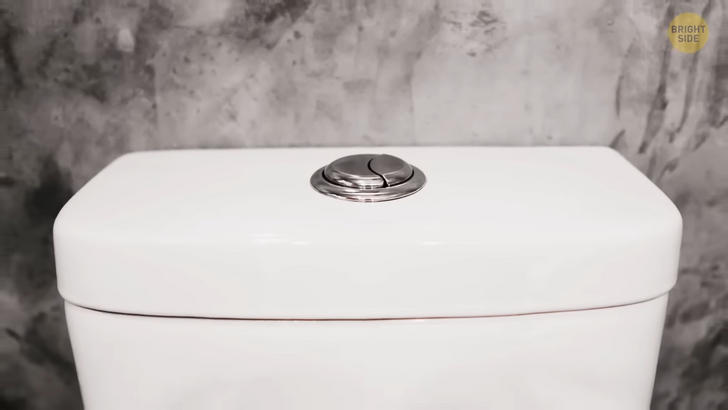
That’s right, another way to use the toilet is to sit facing the water reservoir. It makes the structure and shape much more logical, giving the toilet different uses. Now you can use the toilet tank as a makeshift desk. It’s the perfect place to put your phone, some books, a glass of milk, and maybe even a sandwich! Great for serious multi-taskers. But is it really a good idea? Probably not!
One problem: doctors warn that sitting too long on the toilet can cause problems. In fact, spending more than 10 minutes using the can is too much. So don’t settle in to watch your favorite TV show. What about eating and drinking? In a survey from the UK, 18 percent said they eat on the toilet. If you do it, you’re not alone. But toilet bowls are covered in 3.2 million bacteria per square inch. Blech! Do you want that near your chips and soda? The toilet is not the dirtiest surface you encounter daily, though. What are they? Your toothbrush is one! Every morning, that thing you put in your mouth has 200,000 bacteria per square inch. And then there’s your computer keyboard. Without proper cleaning, it has almost 200 times the number of bacteria than the toilet.
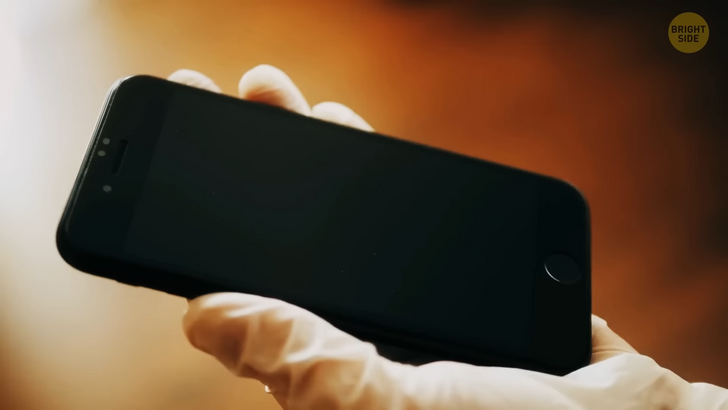
Even your smartphone is a problem. A 2018 study discovered phones are 7 times worse than toilet seats. Seriously, when was the last time you cleaned that thing? Most of us grew up with quaint names for the toilet, and some of these expressions reveal a lot about its history. For example, a lot of people use the term “potty”. Do you know why? This term originated in the Middle Ages. Back then, the toilet was an actual pot. The only way to dispose of the contents was to dump the pot out after use. The easiest way to do this for those living above the first floor was to throw it out the window! In France, they warned passersby with the phrase “Prenez garde a l’eau!” which translates to ‘beware of the water’. When you heard those words, you knew to cover your head and run! One story says the 12th century French King Phillipe Auguste decreed this warning must be given before each dumping after being covered in the contents of one.
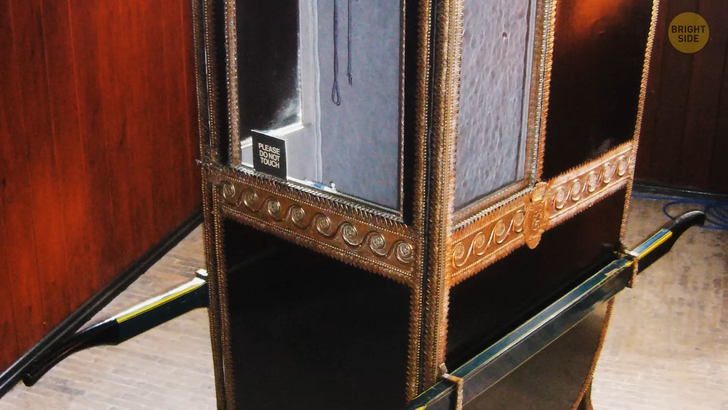
You could yell back: “hold your hand,” hoping you were heard in time. It wasn’t always practical. Did you know this also gave birth to the popular British saying “cheerio”? Well-off members of society were sometimes carried in special chairs. First used in France, sedan chairs offered a single seat inside a tiny compartment. They even included a removable roof for nice days. Holding on to long poles attached to either side, workers, appropriately called ‘chairmen’, transported the sedan around town. To keep their employers from being hit in the head by unmentionable things, servants shouted “chair below.” This eventually became ‘cheerio’. In an attempt to limit the number of people hit by refuse, the city of Edinburgh, Scotland, passed the 1749 ‘Nastiness Act’. The law stated that waste could only be tossed between 10 pm and 7am. That meant late nightwalkers had more than just bats and wolves to watch out for!
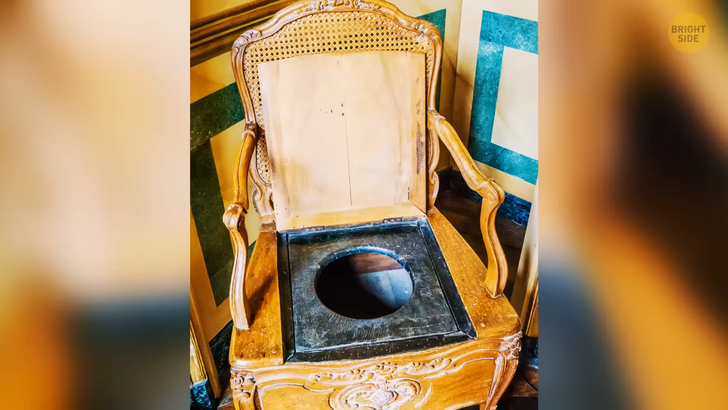
For those much better off financially, the garderobe took the place of the chamber pot. The term actually means ‘to guard the robes.’ People stored their clothing here. It was similar to a closet but with one very special feature: a toilet. People believed the unpleasant odour in the room helped keep moths and bugs off of their clothing. This toilet’s design was simple. It was a seat made of wood or stone, positioned above a shaft that led down into a pit. Some fancier ones were even installed above the moat. Or do you call it a “throne” instead? Here’s why! This euphemism can be traced back to King Louis XIV. He often conducted royal business while seated at the toilet, making it the alternative to his usual throne. You can even find a replica of it in New Delhi, India, at the Sulabh International Museum of Toilets.
Sir John Harrington, godson to Queen Elizabeth I, invented England’s first flushable toilet in 1592. Not bad for someone who wasn’t an inventor. He was better known as a poet and, by some accounts, a terrible one. He also told inappropriate stories at court and gained a reputation as Elizabeth’s “saucy godson.” To protect her own name, the queen banished him to the town of Kelston, about 100 miles from London! During his time in exile, he designed his toilet, which he called Ajax. That name seems a bit random, but it makes sense. The term “jakes” was slang for a toilet at the time. So Ajax was a play on the word “a Jake.” It was an impressive set-up, with a raised cistern attached to a small pipe. When “flushed,” it would shoot water down into the bowl to remove any waste.
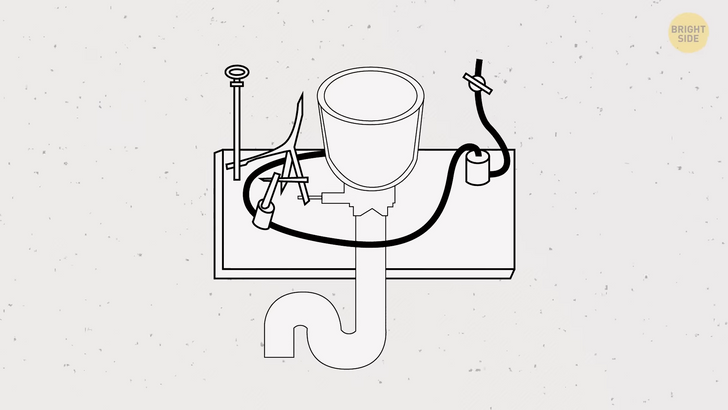
Queen Elizabeth eventually allowed Harrington to return to London. He proudly showed off his new invention, and she was so impressed by it that she ordered one for herself. But having a queen as a customer was not enough; the idea for the flushable toilet would not catch on for another few centuries. In 1775, Alexander Cummings improved Harrington’s design to create a smell-free flushable toilet. He added the “s-shaped” pipe we still use to this day. The shape traps the worst odours in the toilet and away from our sensitive noses. Hmmm, why isn’t there a national holiday in this man’s name! But wait, did you hear that the inventor of the toilet was actually a man named Thomas Crapper? Thomas was a real man. He worked as a sanitation engineer, or plumber, in the early 1900s and created the first showroom for bathroom fittings. He even stamped his name, T. Crapper, on the items he sold.
Wallace Reyburn embellished Thomas’ story in his 1969 book, Flushed with Pride: The Story of Thomas Crapper. The biography, which claimed Thomas left home at 11 years old to become a plumber in London, where he eventually invented the modern toilet, was wholly made up. Reyburn also wrote about the fictional inventor of the brassiere in Bust-Up: The Uplifting Tale of Otto Titzling. But as much as things have improved, toilets can still be the source of some rather unpleasant experiences. I hope you’re not squeamish! We’ve all heard stories about snakes coming out of people’s toilets. Aren’t these just silly urban legends? Although rare, snakes can and do come out of people’s toilets. Most of the pipes in the sewer system are dryer than people think, making them easy for snakes to move through. The only real water they encounter is in the toilet bowl, which isn’t much of a barrier for the animal.
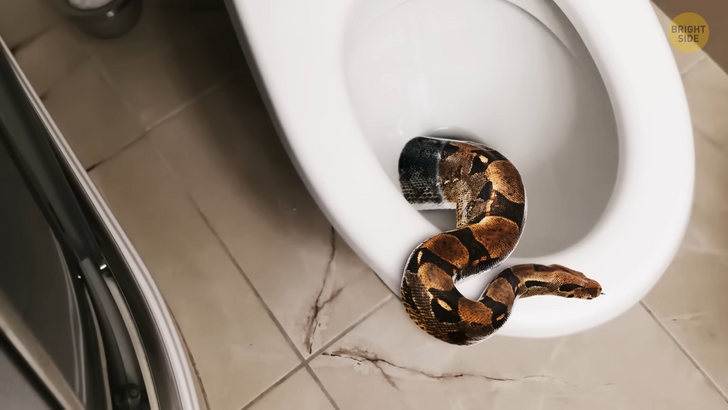
One family discovered a female jungle carpet python in their bathroom in Australia. She was almost 6.6 feet long! Hmmm, I may never use the toilet again! You can retrofit your plumbing with a multi-flap if this really bothers you. It lets water and waste out while stopping anything slithery from getting in. You’re welcome! What’s the most you would spend on toilet paper? One Australian company created a roll made with 22-carat gold! Sold in 2013, it cost $1,376,900. I hope it was three-ply! And it probably didn’t last long, since we use around 57 sheets of toilet paper each day! That adds up: Americans alone account for 433 million miles of TP used each year. Fully rolled out, that would reach all the way to the sun and back again! Toilet paper wasn’t commercially available until 1857. When it was introduced in New York, it was sold in packages of 500 sheets for 50 cents.
Before then, humans used everything from leaves to pottery pieces, from corncobs to pages from catalogs. In 1992, archaeologists found so-called hygiene sticks. The 2,000-year-old wooden tools looked like spatulas. To use one, you simply wrap the end with a cloth. Have to use a public restroom? Here’s a tip: the first toilet stall is used least often. So if you’re looking for the cleanest spot, this is the cubicle for you! And things in Europe are a little different than in North America. In Canada and the US, public washrooms are free. It’s different for Europeans. In places like London or Paris, you have to pay first. Sometimes as much as $1.50! And now that you genuinely appreciate your toilet, why not send it a card on National Toilet Day celebrated annually on November 19.



